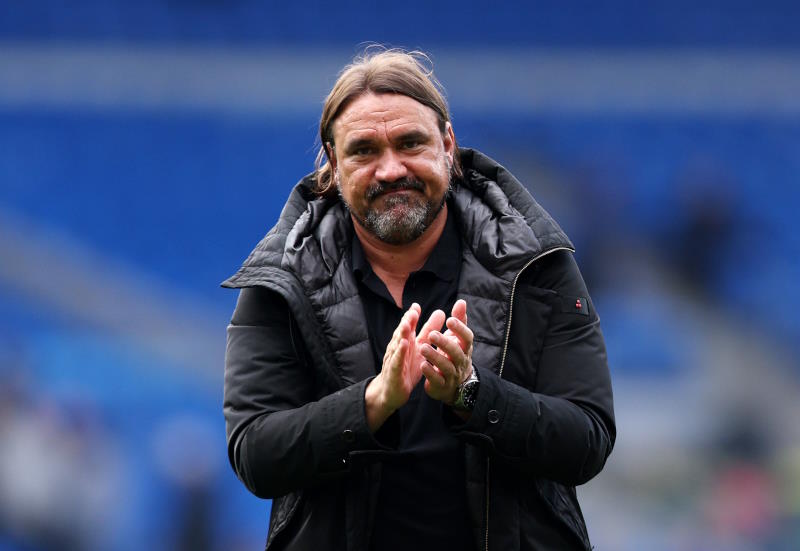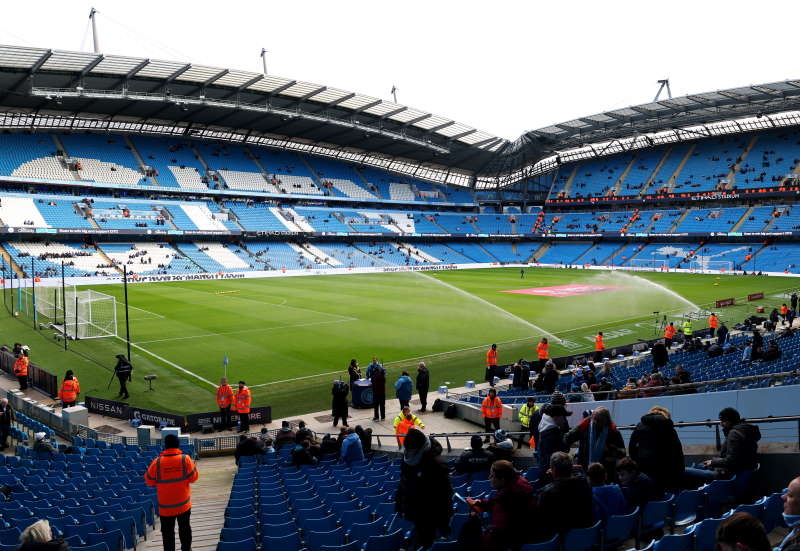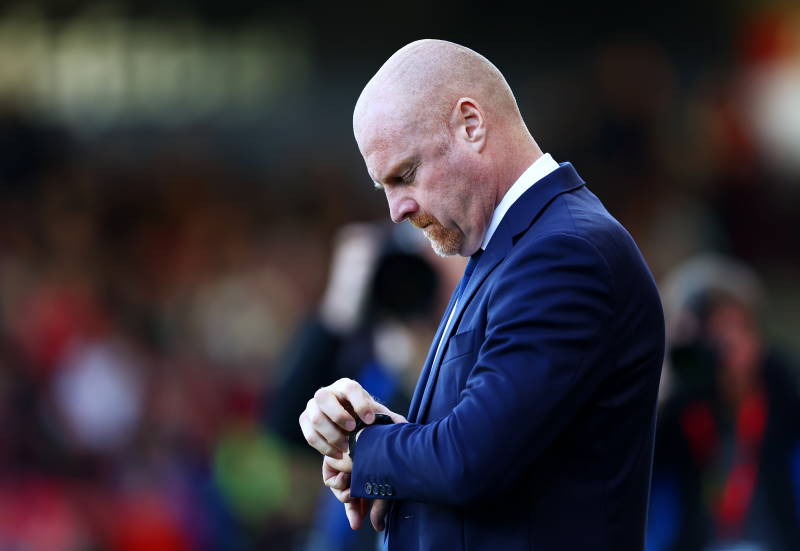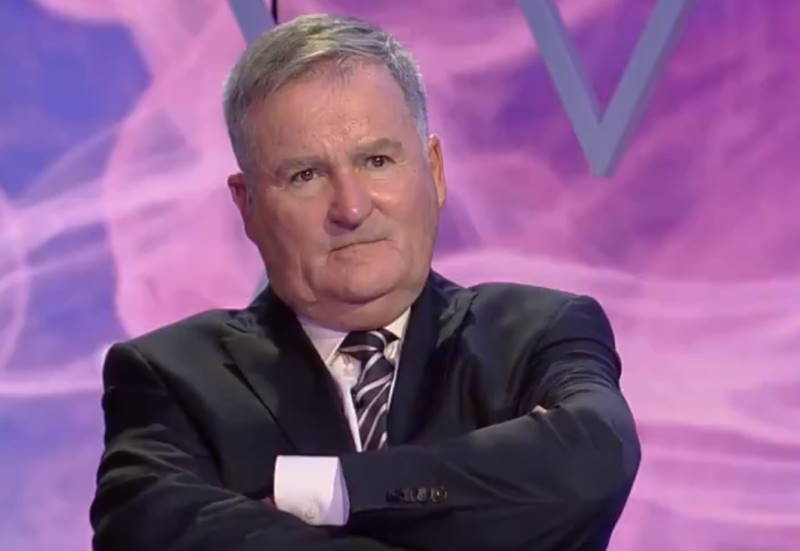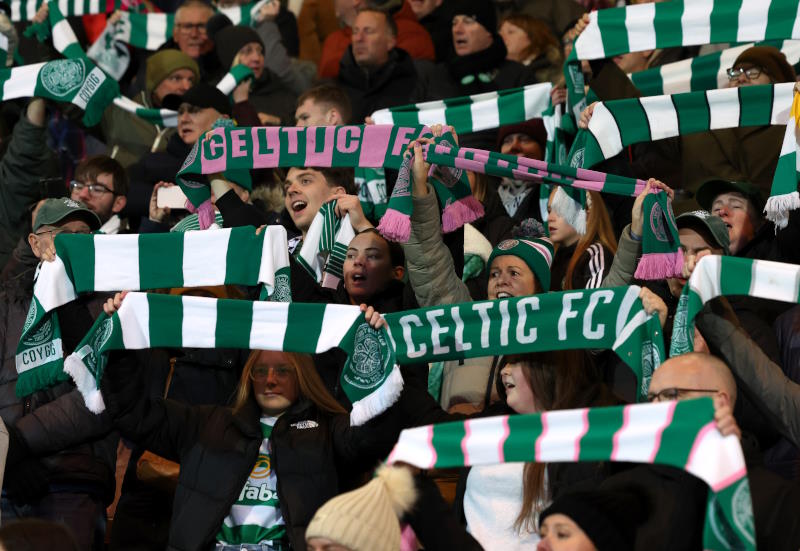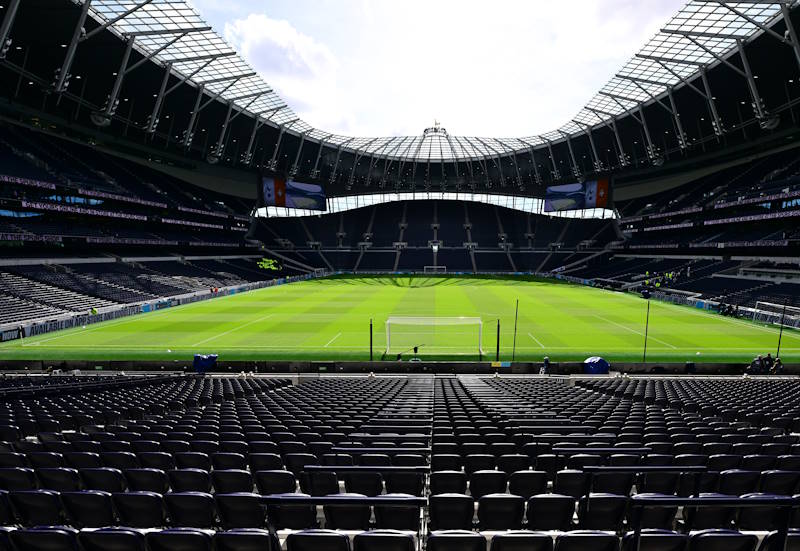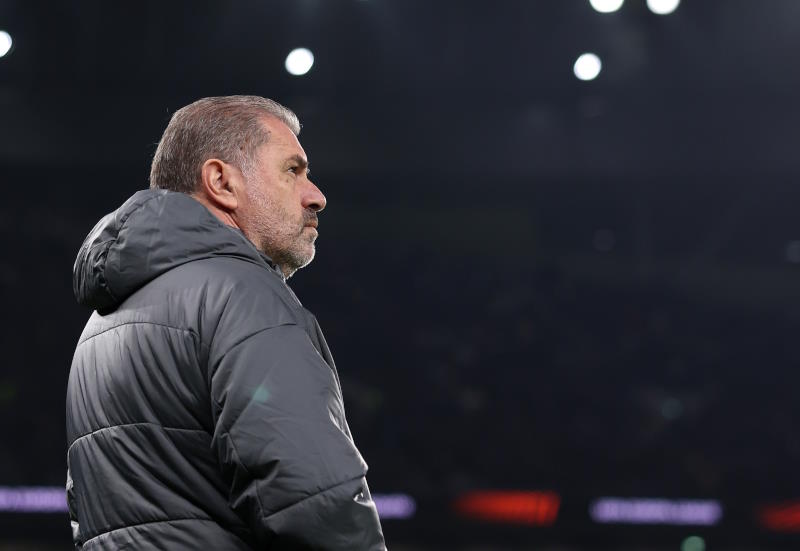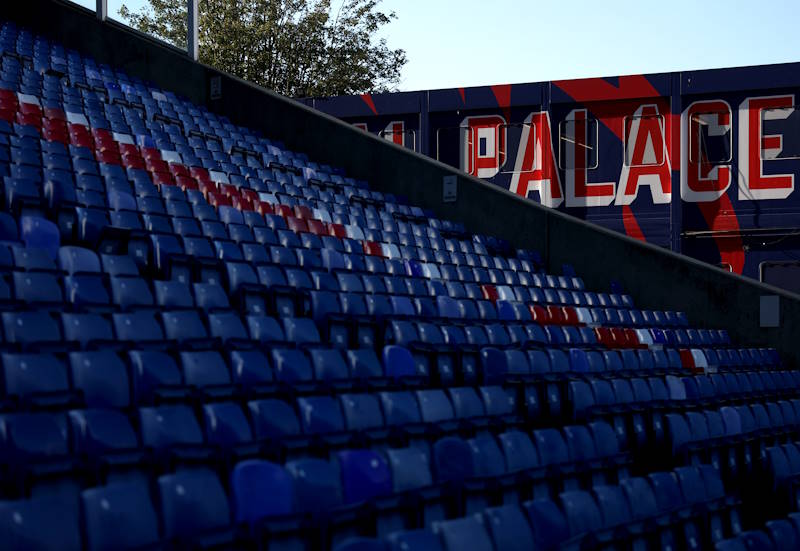
It has been the most intriguing of the summer’s transfer sagas, but the future of Gareth Bale appears to be drawing near to a conclusion, and it is one which will see the Welshman move to Real Madrid to play for a club he has always dreamed of representing.
Tottenham Hotspur are justifiably holding out for a nine figure sum. Many have questioned the price on his head, but such is Real Madrid’s commercial power that Bale can be expected to recoup a fee in the region of €100m through merchandise and shirt sales alone during the course of his first contract at the Bernabeu. And then there are those goals he scores so regularly, so spectacularly.
In a world where the best players seem to perpetually wait for a move to Barcelona or Real Madrid, against the wishes of the teams who develop them, there is something refreshing about Bale’s particular agitation. This is a player who has never professed any particularly deep love for Tottenham, never claimed that he wanted to stay forever – indeed he has frequently said he would relish a move abroad. The lack of any false pretence of loyalty to his employers is actually quite honest, rather than the faux solidarity so many of his peers show until the chequebook from one of the Spanish giants opens. Bale has let no one down – and cannot, because of his lack of statements implying loyalty previously, be accused of disloyalty.
The Welshman’s rise is different from those of some of the world’s other top players. Cristiano Ronaldo, whom he is likened to by some, enjoyed a climate in which his talent was never doubted, and his was a fairly direct route to the top. A similar thing could be said of Lionel Messi, plucked by Barcelona from Rosario at the age of 12 and swiftly developing into the world’s best player. For Bale, his elevation has been stuttered. He clearly suffered from being bought at a young age by a club who were going through managerial instability. Martin Jol was in charge at White Hart Lane when Bale arrived from Southampton, and was soon to depart, replaced by Juande Ramos. Ramos enjoyed a decent first season, before things went dramatically wrong at the start of the 2008/09 campaign and Harry Redknapp came in to save the club from the threat of relegation.
Tottenham’s fortunes since have almost mirrored Bale’s. Redknapp toiled with Bale, dropped him and stumbled more by accident than design across a solution to his troubles at Tottenham by playing him on the wing, after the Welsh flyer famously went 24 games without appearing on the winning team. Who would have thought then that this ‘jinx’ would go on to become one of the most feared forwards in the game?
As Tottenham have emerged as a force in the Premier League and made their mark on Europe, Bale’s stock has soared, showing the ability to conjure goals almost out of nothing – his first strike at the San Siro in a 4-3 defeat back in 2010 demonstrated his true quality. Gathering speed after running from his own half, Inter Milan suddenly realised that Bale was on a charge directly to their goal, but it was already too late, such was his speed. But where so many can lack the end product after a scintillating burst of pace, Bale’s precise and fierce finish on the run was remarkably cool for someone in the middle of a lung-busting burst. Two more goals followed in that game as Bale notched his first senior hat-trick at one of football’s most iconic stadiums.
That performance seemed to give him the confidence to believe that he could use this pace and direct running to torment defences more regularly. He often carries Tottenham forward in the same way Steven Gerrard once did for Liverpool. Only where Gerrard did so through a long pass or sheer force of will and energy, Bale’s is a fascinating blend of speed and brilliant technical quality. It is this explosive mix of athleticism and skill that has so many likening him to Cristiano Ronaldo. One curious aspect of his development however, is that when he was at Southampton, Bale was deadly from free kicks, hitting the target in this way on an almost weekly basis when just 16, but he has scored few goals from set pieces for Tottenham. There are not many deadlier players in the game today however; Bale’s brilliance is that by the time opponents realise there is a gap in their defence he has already exploited it. The slightest weakness is ruthlessly exposed.
Some have made the valid point that Bale, who is likely to overtake Ronaldo as the world’s most expensive footballer if he does join Real Madrid, has not achieved anywhere near as much as the Portuguese had when he left England for Real Madrid. The counter to this would be that Bale has been starring in a Tottenham side who have never looked in danger of challenging for the Premier League, let alone the Champions League. But still he was the best player in England last season, along with Luis Suarez.
So is he worth the fee Real Madrid are due to pay? Probably – Bale has shown the kind of consistency that elevates players from world class status to the pantheon of the world’s best. Not since Ronaldo or Thierry Henry had the Premier League seen a player capable of such week in, week out excellence at the level that Bale was producing last season. Such was his remarkable campaign that predicting he would score a last minute winner in the crucial final game of the season, cutting in from the right flank to fire in a curling left foot drive into the top corner of the net, was completely expected.
The problem for Bale is that he will now be tasked with producing this kind of brilliance on a weekly basis for one of the biggest clubs in the world. Whereas last season was spent amazing Tottenham fans with how high he could raise the bar, he will find that in Madrid he is expected to achieve those standards regularly. That is what they have come to expect from Cristiano Ronaldo, the man Bale is primed to replace if the Portuguese does leave in the next two years, as is an eminent possibility.
Similarities with Ronaldo are understandably made as they both have a tendency to cut inside from the flanks to fire in long range shots. The prospect of Ronaldo cutting in from the left, and Bale from the right, is one that will give La Liga’s defenders nightmares next season. From central areas in front of the penalty area, Bale is deadly – 55% of his shots from this part of the pitch were on target last season.
While there are many similarities with Ronaldo, there is an argument to claim that Bale is the more accurate. Ronaldo’s goalscoring achievements are more a product of his tendency to shoot on sight, even when team-mates are better placed. Of the top five goalscorers in Europe’s top leagues last year, Ronaldo may have been second with 34, but he took by some distance more shots than any of his rivals, with 6.9 per game. By contrast Messi took 5.1, and Radamel Falcao just 3.6. Bale rarely misses the target by much, and scored more goals from long range than any player in Europe’s top leagues last season. And in contrast to Ronaldo, Bale’s unselfish nature is more akin to that of Messi. His PE teacher at school remarked about this unselfish nature, quite an impressive thing to be able to say of a kid with Bale’s talent. Most players of his ability at a young age would slalom around the football pitch like Roy of the Rovers. Bale’s reluctance to do that is a reflection of his reserved, un-showy personality. It is those characteristics and focus on the team that may actually mean that Bale is not so much the new Ronaldo, but Real Madrid’s answer to Messi.
Like to bet on football? Pay Inside Bet a visit!

